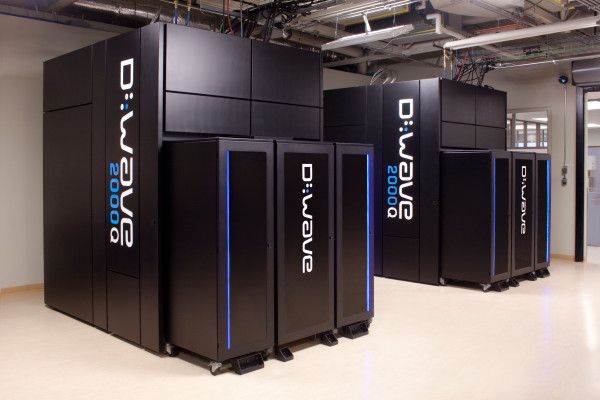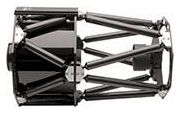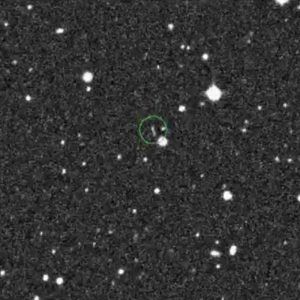D-Wave today announced the launch of Leap 2, the latest version of its quantum cloud service that gives developers real-time access to its hardware quantum systems.
As the company notes, Leap 2 was built with the feedback of thousands of developers in mind who used the previous generation of the service since it launched 18 months ago.
At the core of Leap 2 is D-Wave’s new hybrid solver that can handle complex problems with up to 10,000 variables. As a hybrid system, D-Wave uses both classical and quantum hardware to solve these problems.










